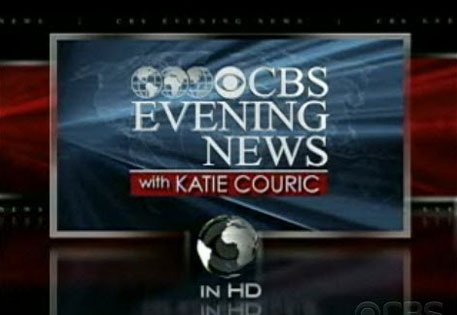Newspapers and their online cousins are the new science textbooks. At least that’s where the students in my introductory geology class at Brooklyn College appear to be learning about global warming, pollution, and other science issues of general interest.
The students do, however, have strong views on which news sources are reliable. Semester after semester the majority of the students in my class tell me that they trust The New York Times as a source of information far more than they do The New York Post or Daily News, primarily based on their belief that the latter two are overly sensationalistic. But can their belief withstand closer scrutiny?

The Quiz
As a means of challenging my students’ views, I present them with two newspaper excerpts, without identifying their origins, that paint starkly different pictures of the same issue, the safety of tube wells in Bangladesh. (These shallow wells are used to obtain water for drinking and irrigation.) One excerpt, referring to the wells, reads:
Millions of people are slowly poisoning themselves sip by sip, with the authorities confounded about what to do.
The other states:
These wells and pumps not only have helped the country to become self-sufficient in rice production, but have saved millions of people from disease and death.
I then ask which they think came from The Times and which from The New York Post. Take the quiz yourself and see if you can do better than my students.

The Answer
The vote among my students typically splits evenly. Congratulations to those of you who played along and identified The Times as the source of the excerpt that calls the wells poisonous. You’re right. That excerpt is from a front-page news feature published on March 20, 2000. And to those of you who thought The Times stated that the wells saved lives: congratulations! That excerpt is also from The Times. It appeared as a statement of fact in this editorial by the paper. Indeed, not only were both statements published in The Times, but they appeared in the same edition of the paper.
My guess is that the disparity in the way the paper portrayed the safety of these wells on different pages of the paper is related to “agenda-bias.” The agenda of the front-page reporter was to spice up a story about hardship in a disadvantaged country, while the editorial staff wanted to promote public works projects. (The editorial urged a greater investment in clean water projects.)
In fact, both descriptions fudge the complicated truth: Bangladeshis are being poisoned by arsenic pollution in well water, while simultaneously being spared intestinal diseases related to sewage in surface waters. To its credit, the news feature mentions both problems, but insufficiently explores the trade-off in risk.
My take-home lesson is simple. The ostensibly contradictory statements about well safety in the same issue of The Times prove that the paper of record is as capable as any other of distorting facts beyond recognition, so I urge my students to learn to become omnivorous consumers of information: they should make a habit of getting their news from sources across the political and stylistic spectrum. And, yes, they should open their textbooks on occasion too.
COMMENTS
Please let us know if you're having issues with commenting.